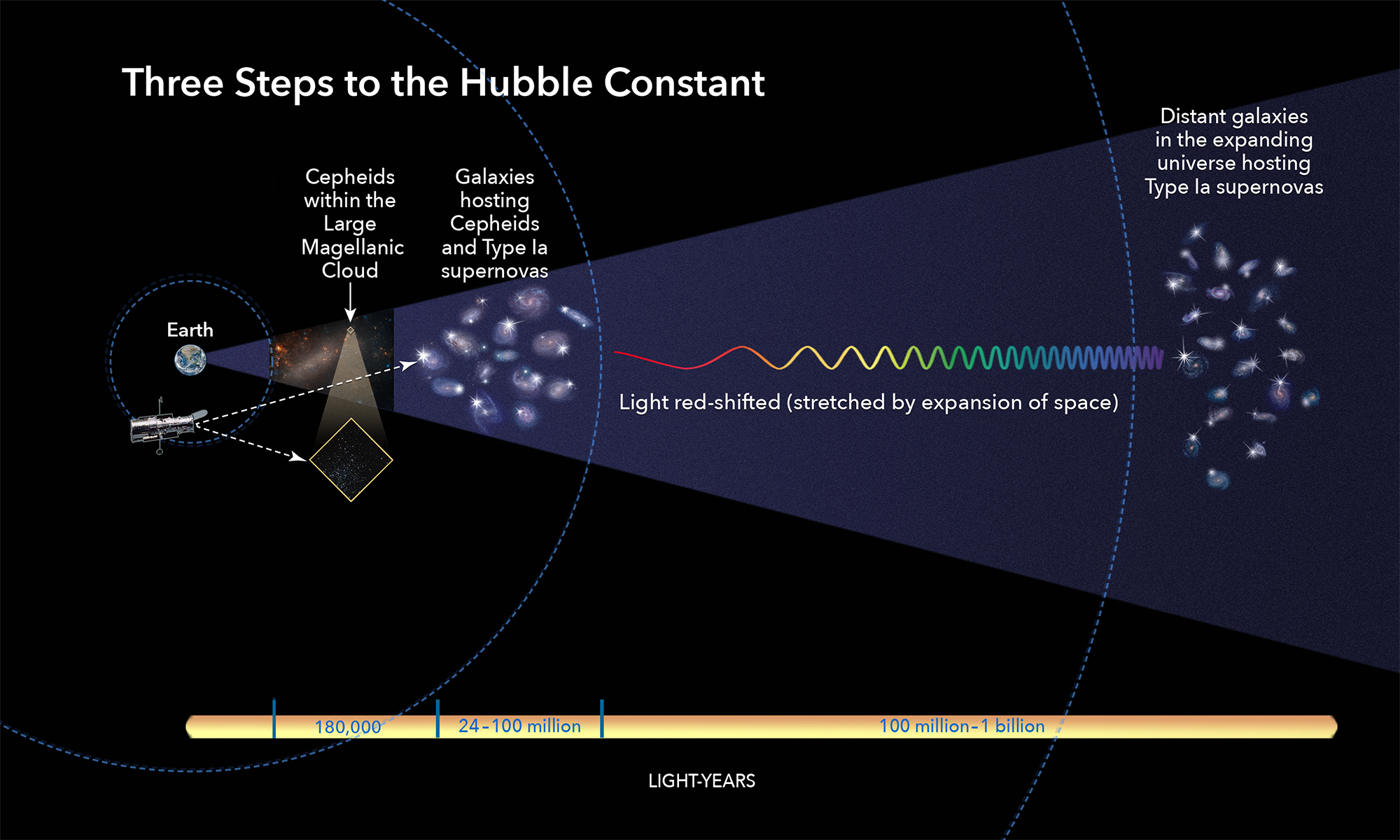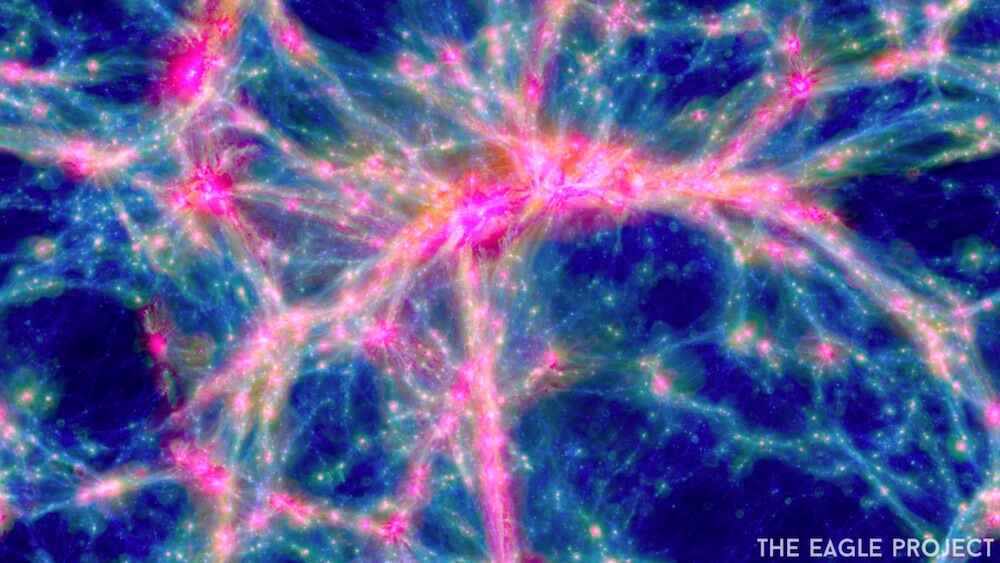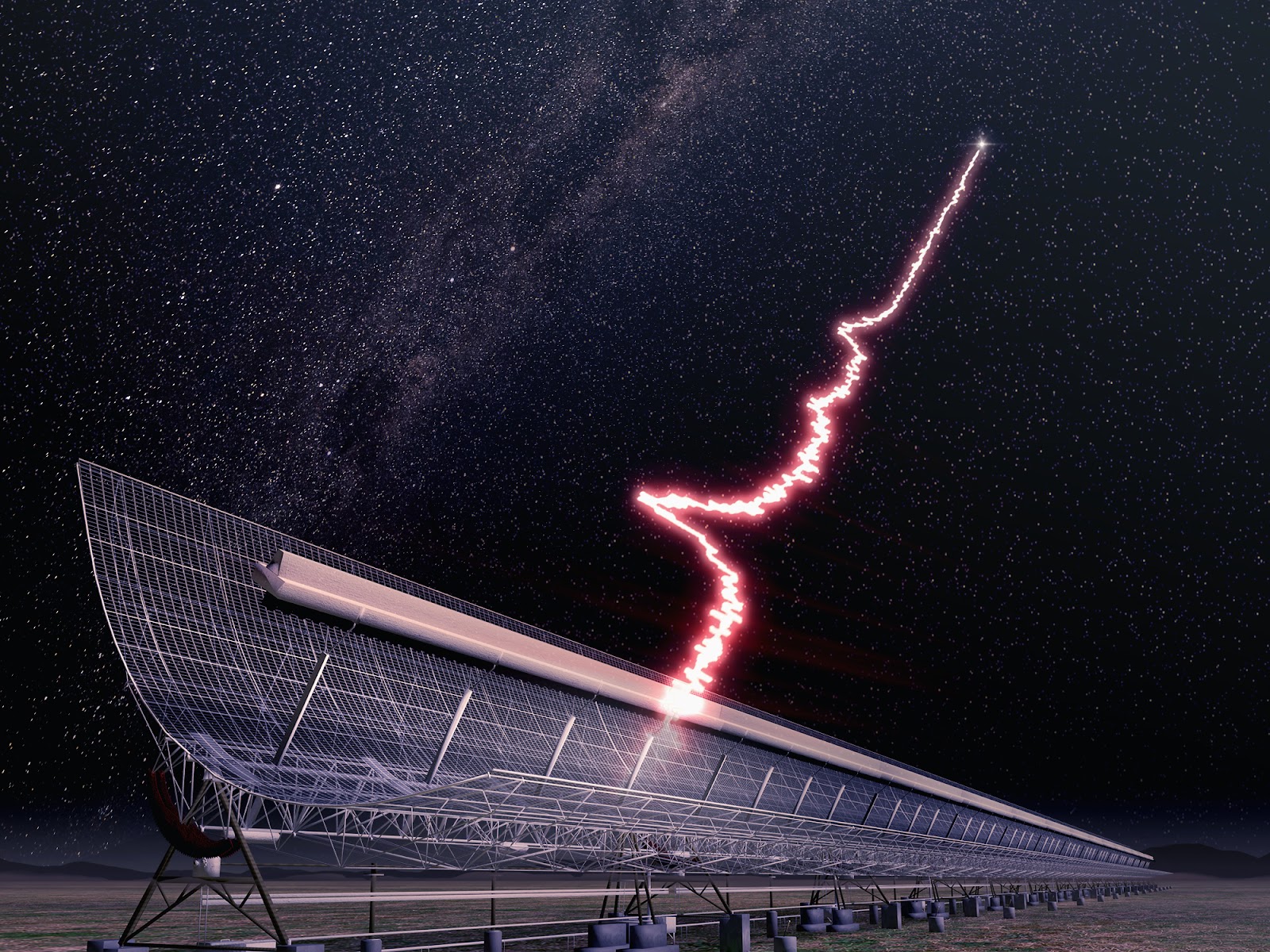Research
I am an Astronomer, so my research broadly revolves around trying to understand the Universe. My work typically involves using large computer simulations or other forms of ‘Big Data’. I am usually a theorist and love working with cosmological simulations. However, I do occasionally dabble with observations and even human-based experiments. My current research involves using the Hubble Space Telescope to measure the expansion rate of the Universe and doing active space domain awareness to track satellites and determine what to do when we lose track of one.
I am currently a Postdoctoral researcher at Swinburne University of Technology, working in a dual role with Prof. Jeremy Mould and Prof. Chris Fluke.
My PhD research revolved around studying the intergalactic medium and how its evolution can inform us about the history of galaxies. I used cosmological hydrodynamic simulations to determine how fast radio bursts can probe the effects of active galactic nuclei and the ionised gas in the intergalactic medium.
My list of publications are avaliable on ADS, via my ORCID page and google scholar.
My recent scientific and public talks list is on my talks page.
Research Interests
Cosmic Expansion and Hubble Tension
I am using the Hubble Space telescope and the Tip of the Red Giant Branch Stars to measure the expansion rate of the Universe.
 Image Credit: NASA, ESA and A. Feild (STScI)
Image Credit: NASA, ESA and A. Feild (STScI)
Our Universe is expanding at an accelerating rate. The present-day Hubble parameter (H0) quatifies how fast the Universe is expanding and can be measured in various ways. However, there is a discrepency between measurements of H0 that are made locally (using the cosmic distance ladder), and the value of H0 infered from the cosmic microwave background (CMB). These values are 73.30 ± 1.04 km s-1 Mpc-1 (local measurements using Cepheid calibrated Supernovae) and 67.8 +/- 0.9 (CMB measured by Planck), a 5 sigma difference. As H0 is a crucial parameter in the standard model of cosmology, it is necessary to improve the significance of these results. In my research I am using the Hubble Space telescope and the tip of the red giant branch (TRGB) as an alternative distance indicator to the Cepheid period luminosity (Leavitt) relation.
AI as a Team Member
Human performance in time-critical decision making is influenced by a combination of mental workload, stress, situational awareness and expertise. Decision-making processes in high-risk, time-pressured scenarios are now regularly supported by artificial intelligence (AI), however, the integration of computational support through the inclusion of one or more AI team members needs to be approached thoughtfully. In this project I am investigating the role of an AI team-member as a monitors for individuals performance, and the characteristics and effectiveness of human-AI teams.
The Intergalactic Medium
I measured the expected electron column density distribution in simulations to predict where fast radio bursts intersect filaments of the intergalactic medium (Batten et al. 2021).
 Image Credit: The EAGLE Project
Image Credit: The EAGLE Project
The majority of the matter in the Universe can not be found inside galaxies. Instead, most of the mass of the Universe (about 80% of present-day baryons) resides in the low-density, highly ionised region outside of galaxies known as the Intergalactic Medium (IGM). The fact that the IGM contains the vast majority of the mass of the Universe means it is a crucial component to study if we wish to have a complete understanding of the evolution of matter.
Additionally, the IGM is tightly linked to the evolution of stars and galaxies. The IGM provides the initial conditions from which a galaxy grows, and is the reservoir of pristine gas which galaxies accrete to form new stars. There is also a significant amout of outflows from galaxies that heats the IGM and enriches it with metals. The intertwined nature of galaxy evolution and the IGM means it is impossible to disentangle them and study them individually. To understand one, we must understand the other. However, the IGM isn’t so easy to observe. The high-temperatures and low-densities make observations in the optical and UV extremely unfavourable.
In my PhD, I looked at using fast radio bursts to probe the intergalactic medium and galaxy evolution. In particular, I determined that it is possible to use fast radio bursts to constrain feedback from active galactic nuclei.
Fast Radio Bursts
I showed that with enough fast radio bursts we can constrain feedback the active galactic nuclei (Batten et al. 2022).
 Image Credit: James Josephides / Swinburne University of Technology.
Image Credit: James Josephides / Swinburne University of Technology.
Fast radio bursts (FRBs) are a class of bright, millisecond, extragalactic radio transients. In the short time since their discovery in 2007, they already appear to be a valuable tool for studying the Universe. The critical property of FRBs is their dispersion measure (DM) which is extremely sensitive to the total number of electrons along their line-of-sight. Due to the extragalactic nature of FRBs, their dispersion measure makes them an excellent probe of the highly ionised plasma that fills the intergalactic medium.
Publications
My list of my publications are also avaliable on ADS, via my ORCID page and google scholar.
First Author Papers
Batten, A. J., et al., “Fast radio bursts as probes of feedback from active galactic nuclei”, Monthly Notices of the Royal Astronomical Society: Letters, vol. 512, iss. 1, May 2022, Pages L49-L53, https://doi.org/10.1093/mnrasl/slac020
Batten, A. J., et al., “The cosmic dispersion measure in the EAGLE simulations”, Monthly Notices of the Royal Astronomical Society, vol. 505, iss. 4, August 2021, Pages 5356–5369, https://doi.org/10.1093/mnras/stab1528
Batten, A. J., “Fruitbat: A Python Package for Estimating Redshifts of Fast Radio Bursts”, The Journal of Open Source Software, vol. 4, no. 37, 2019. https://doi.org/10.21105/joss.01399.
Software
FRUITBAT
FRUITBAT is an open source fast radio burst (FRB) redshift estimation package written in Python. Repo on Github